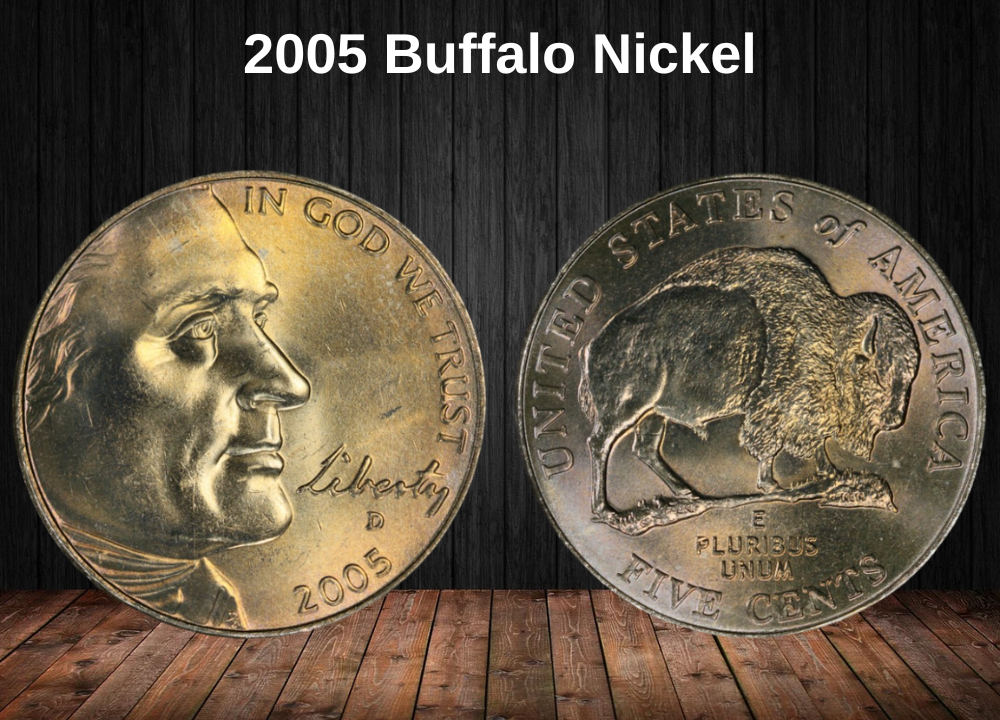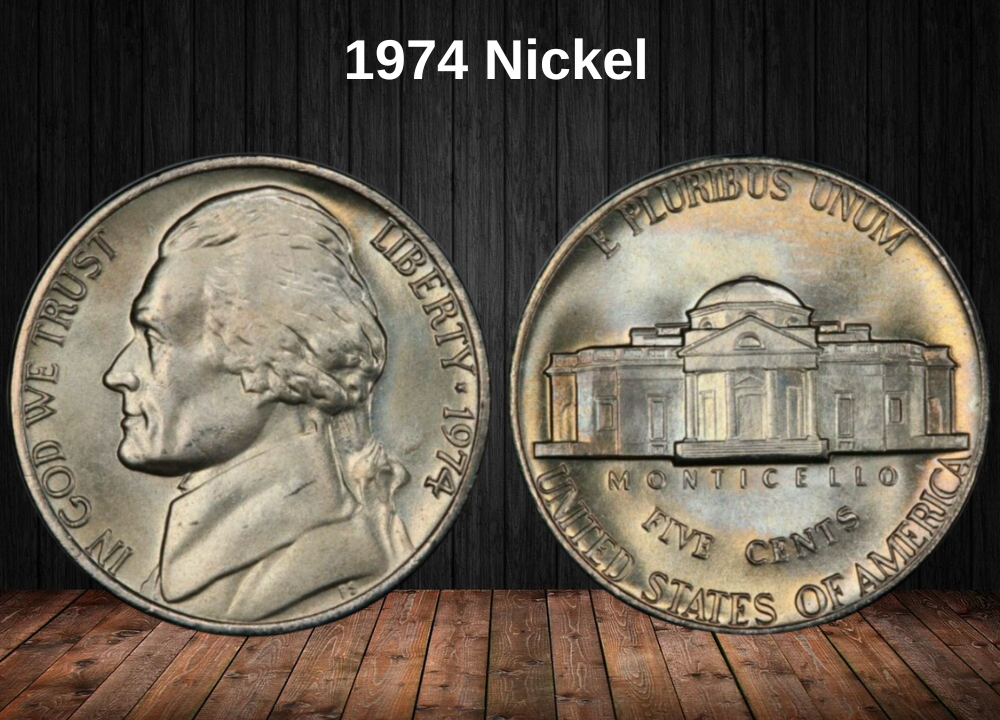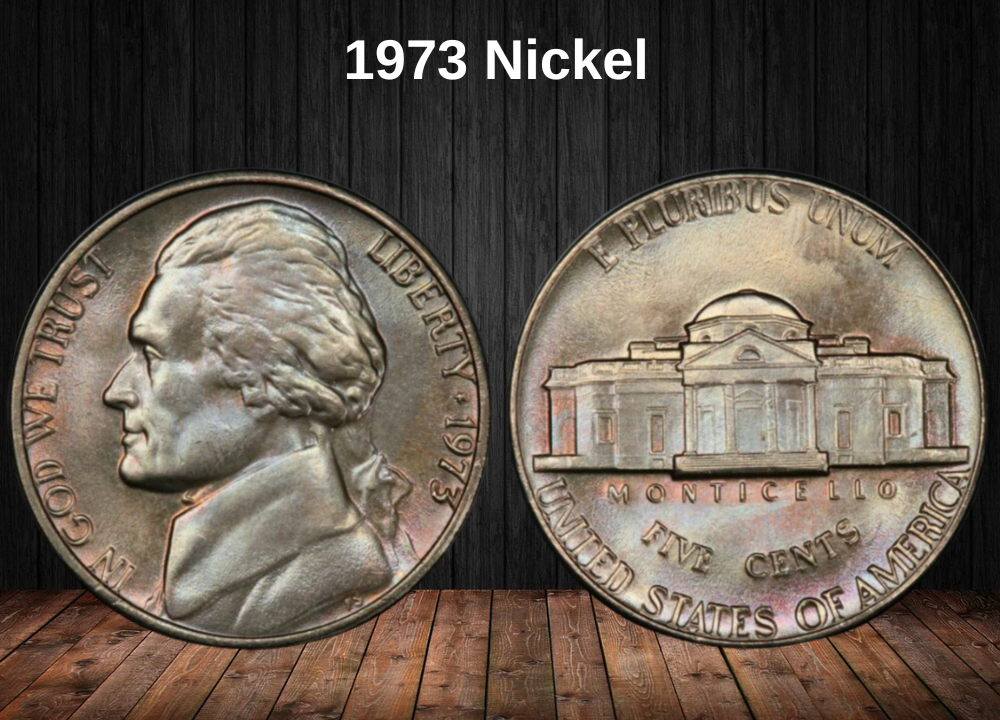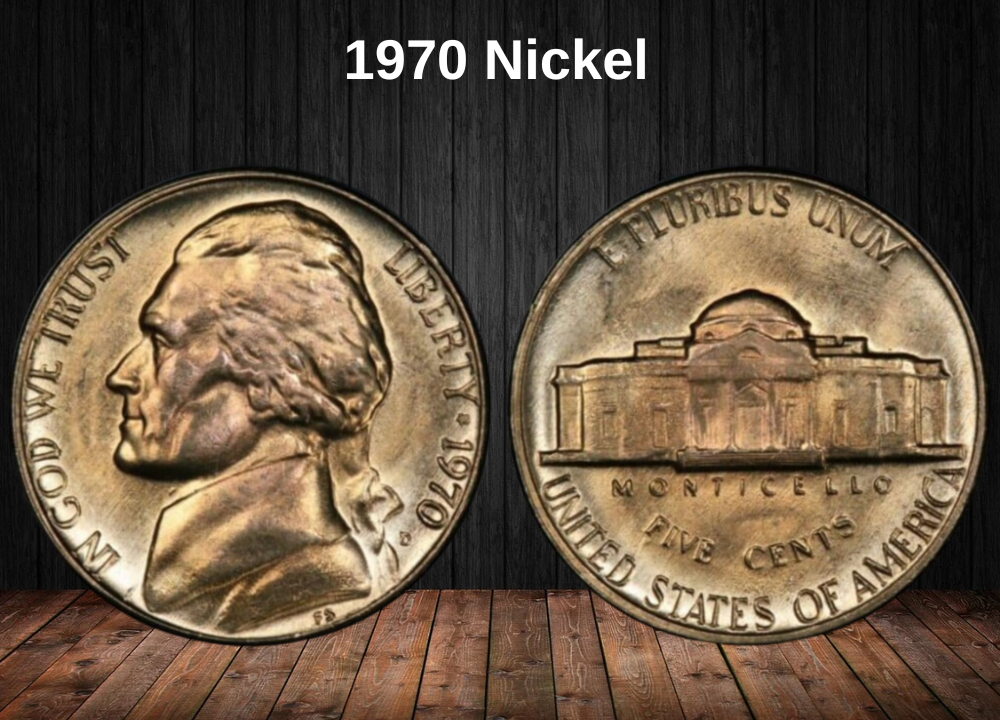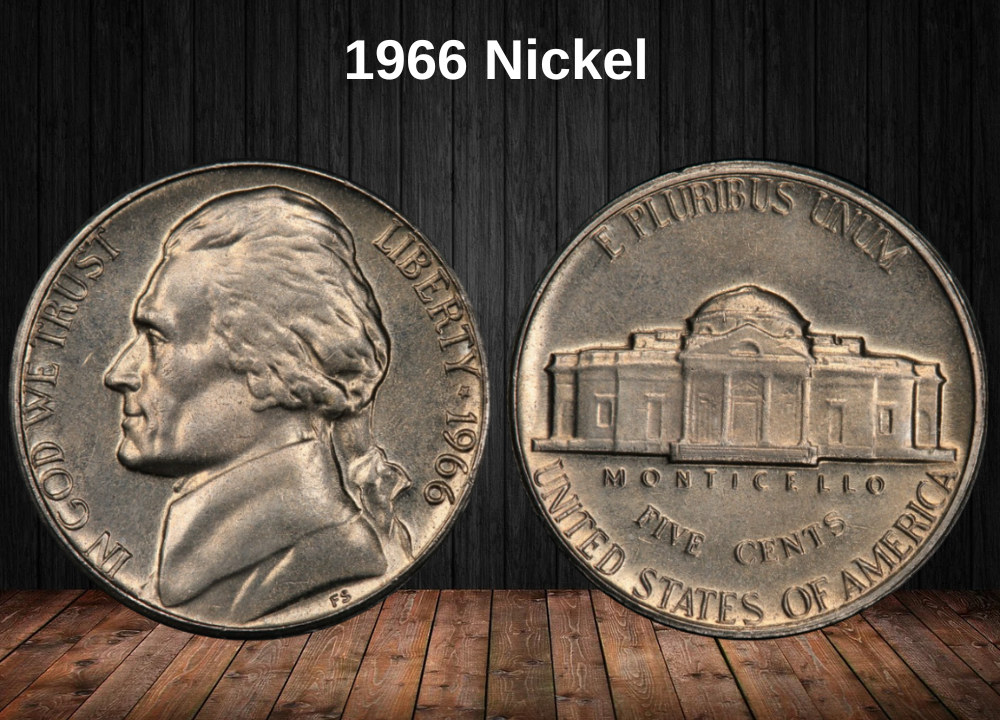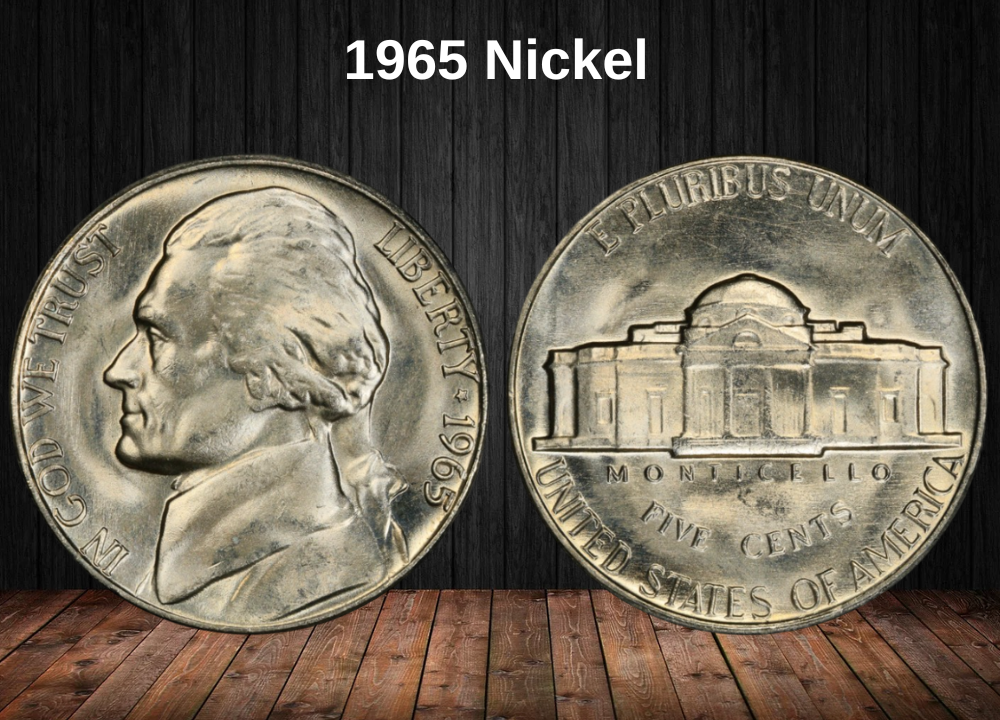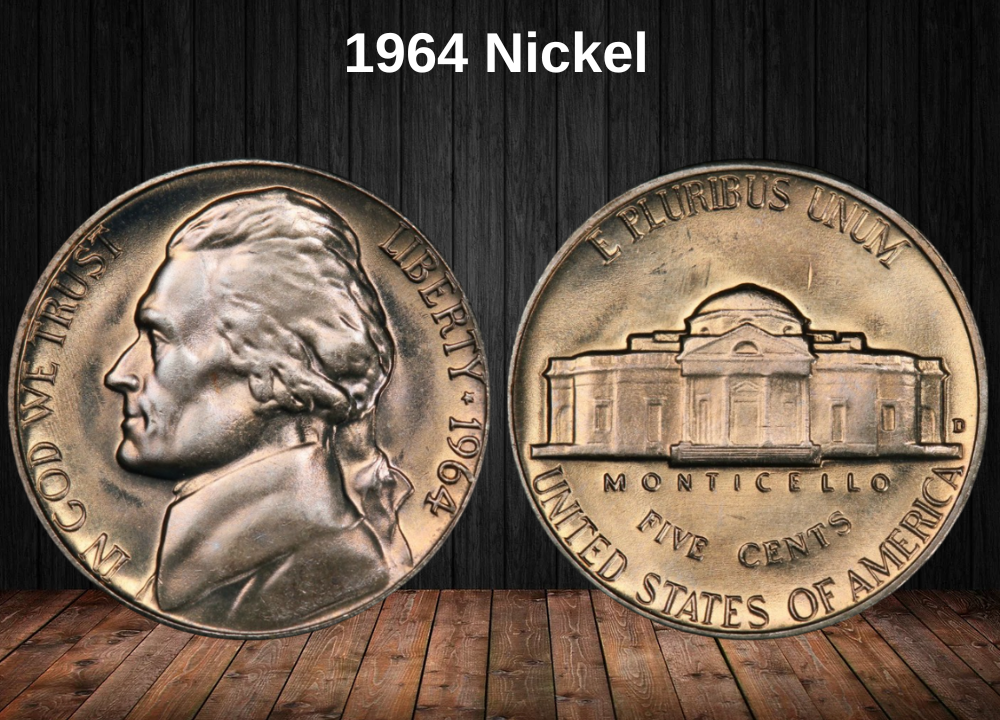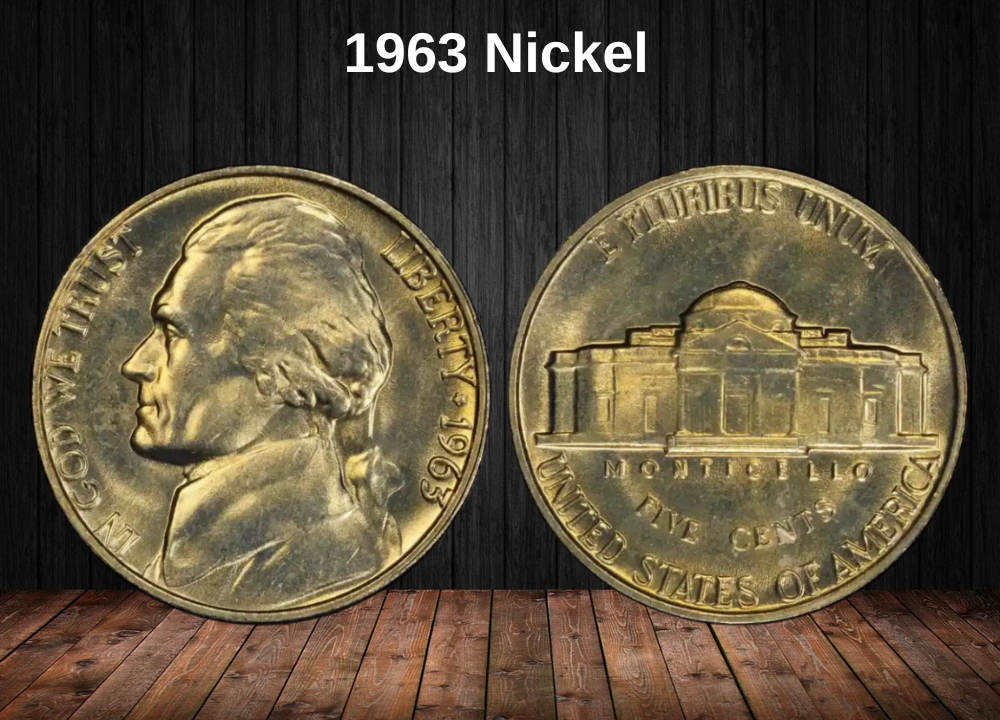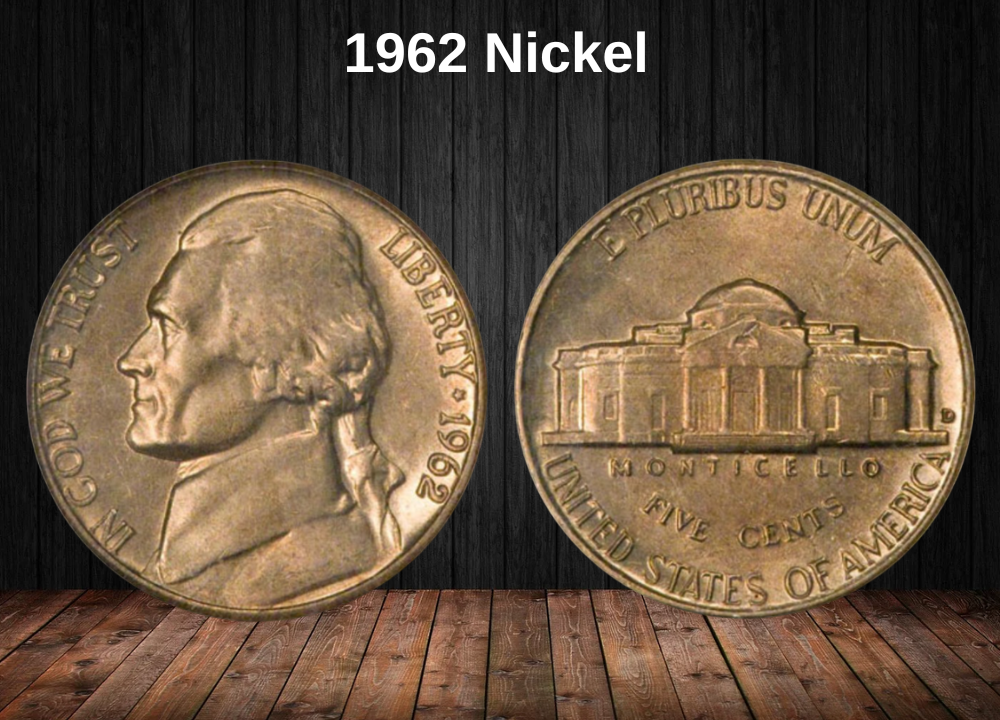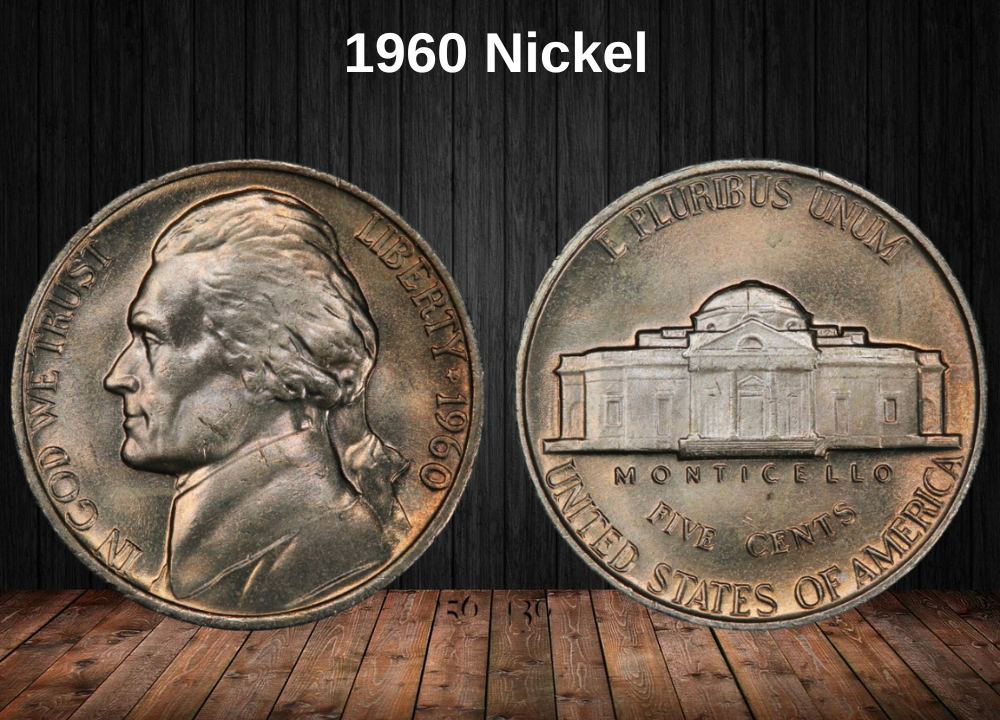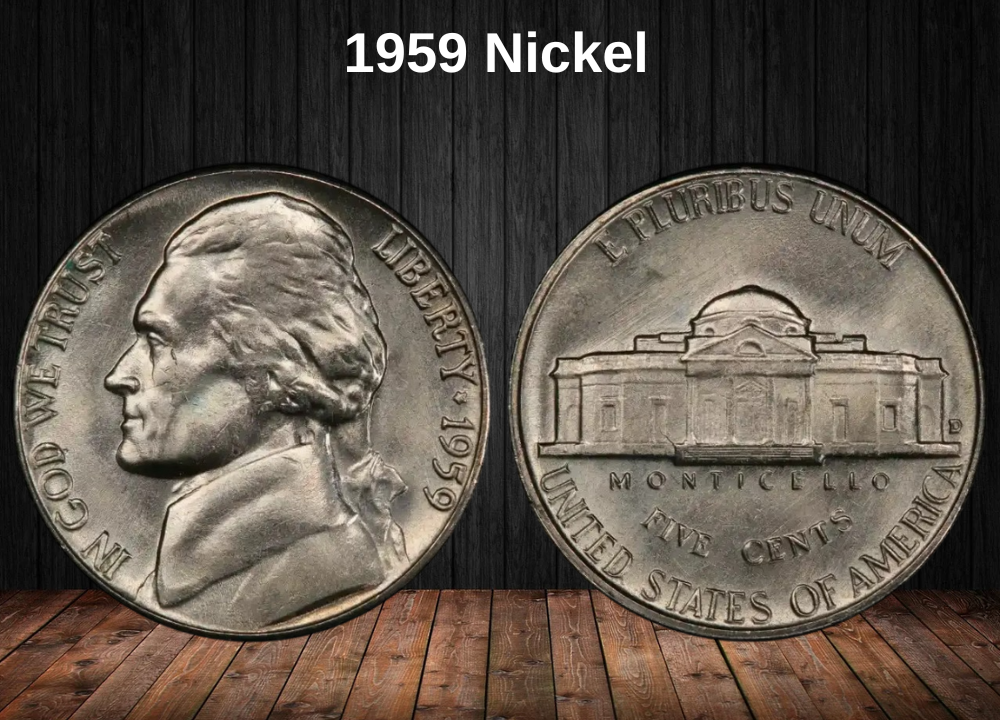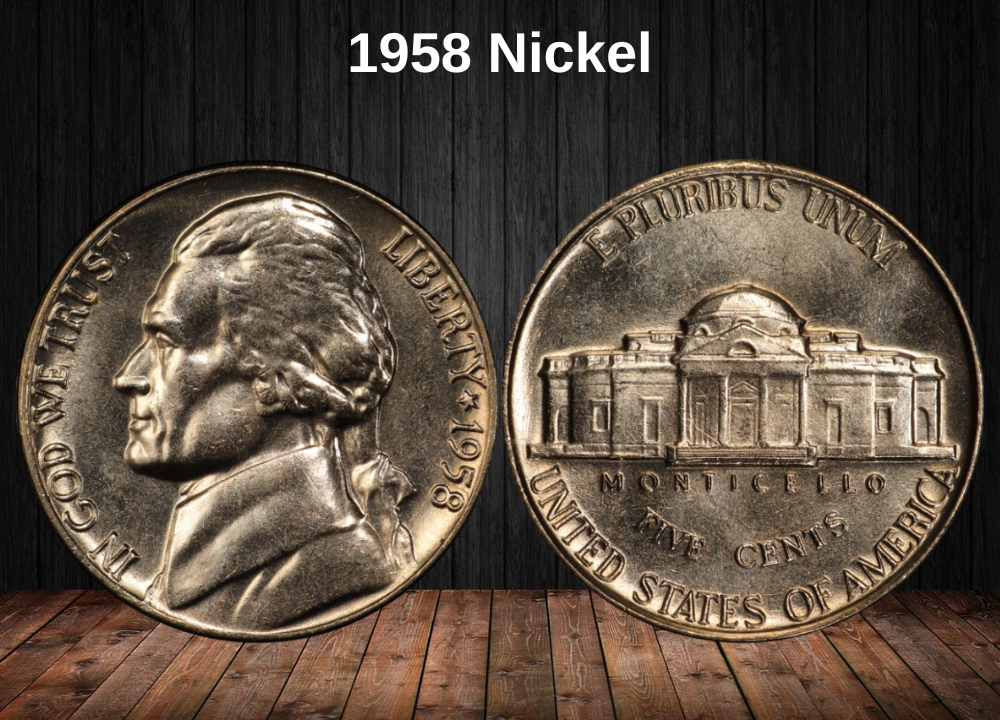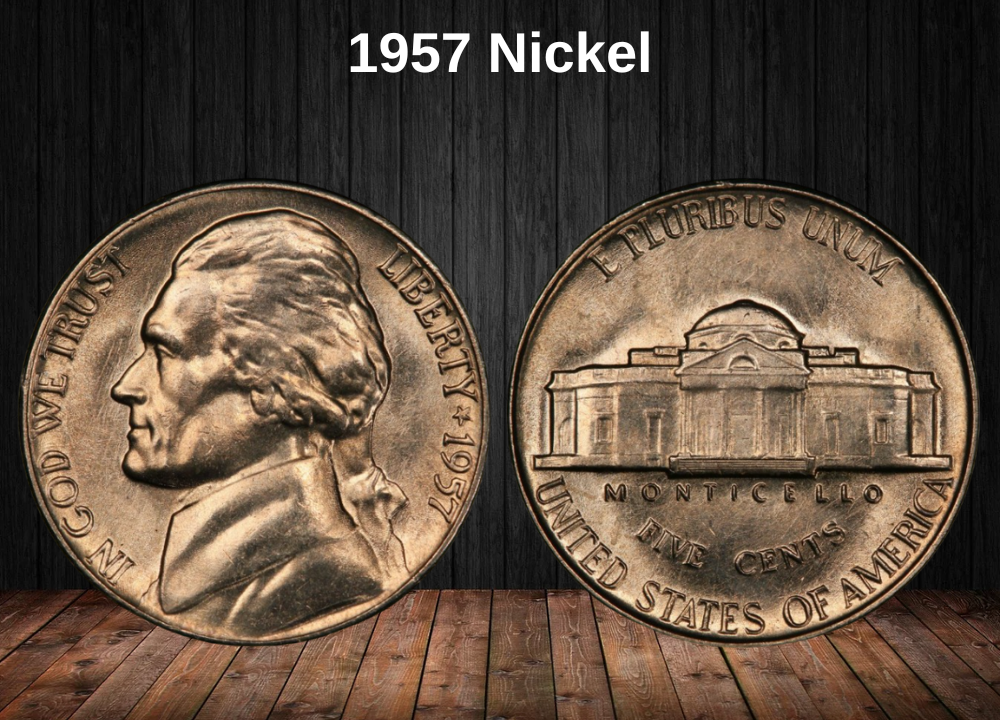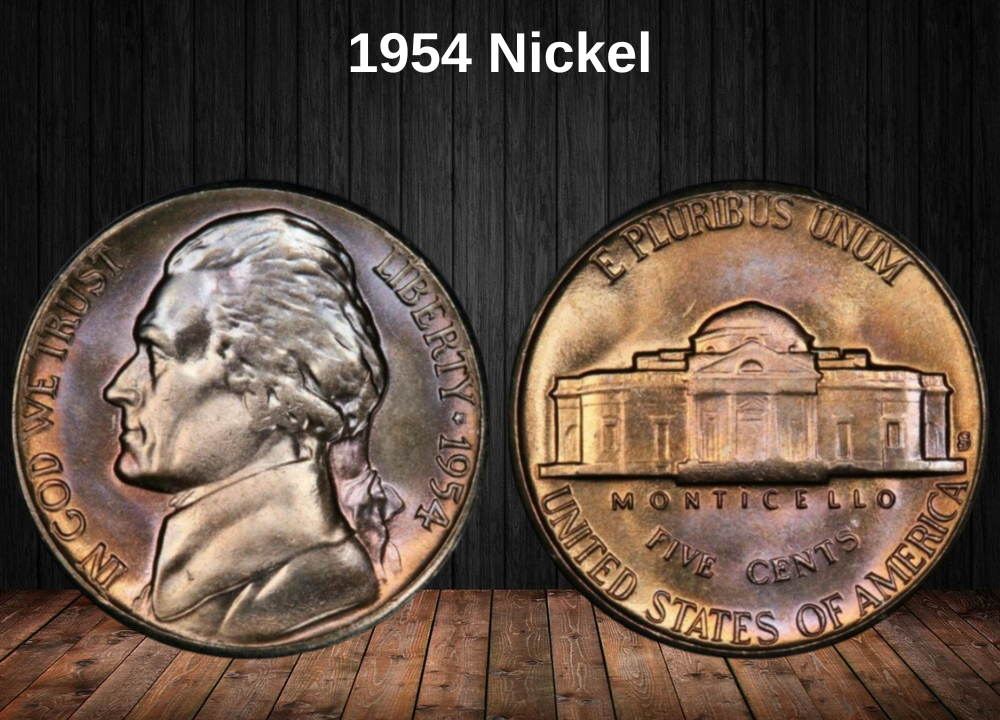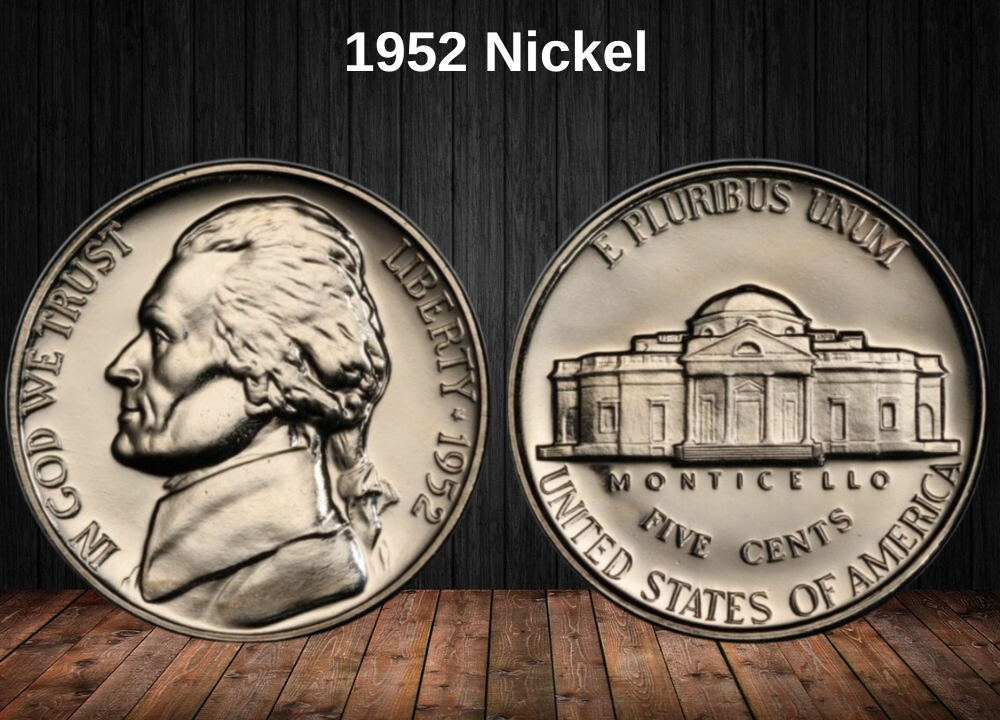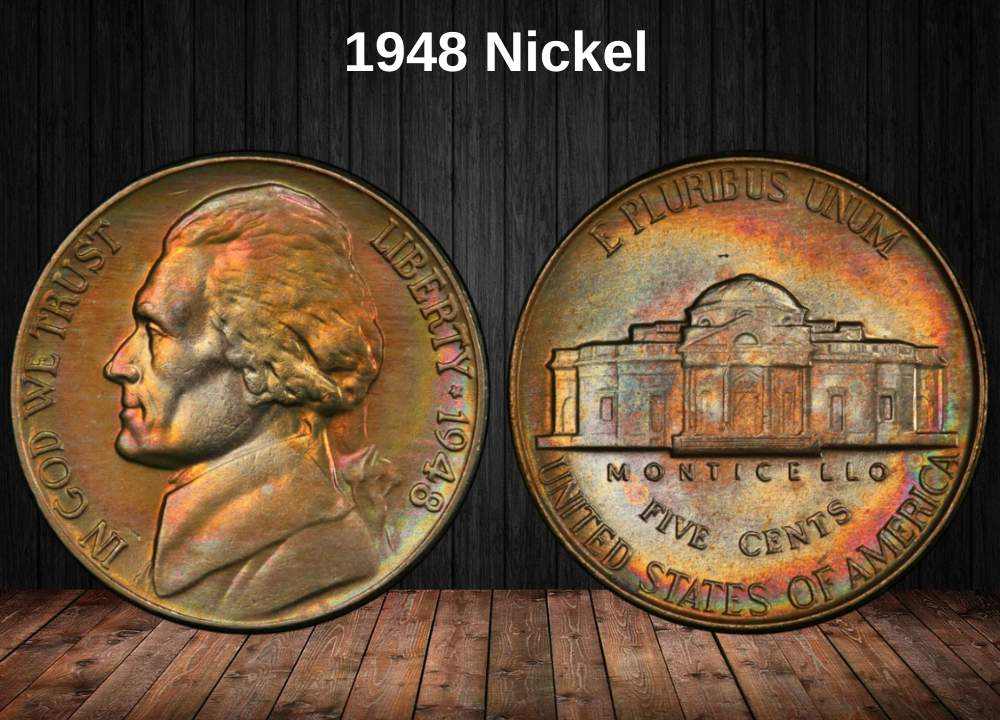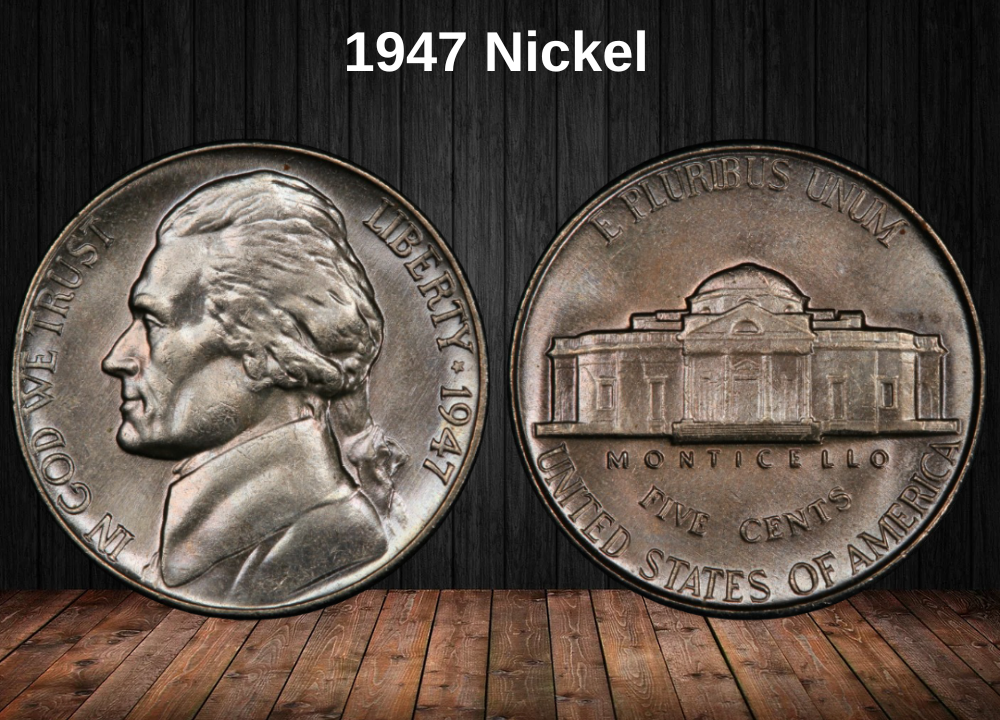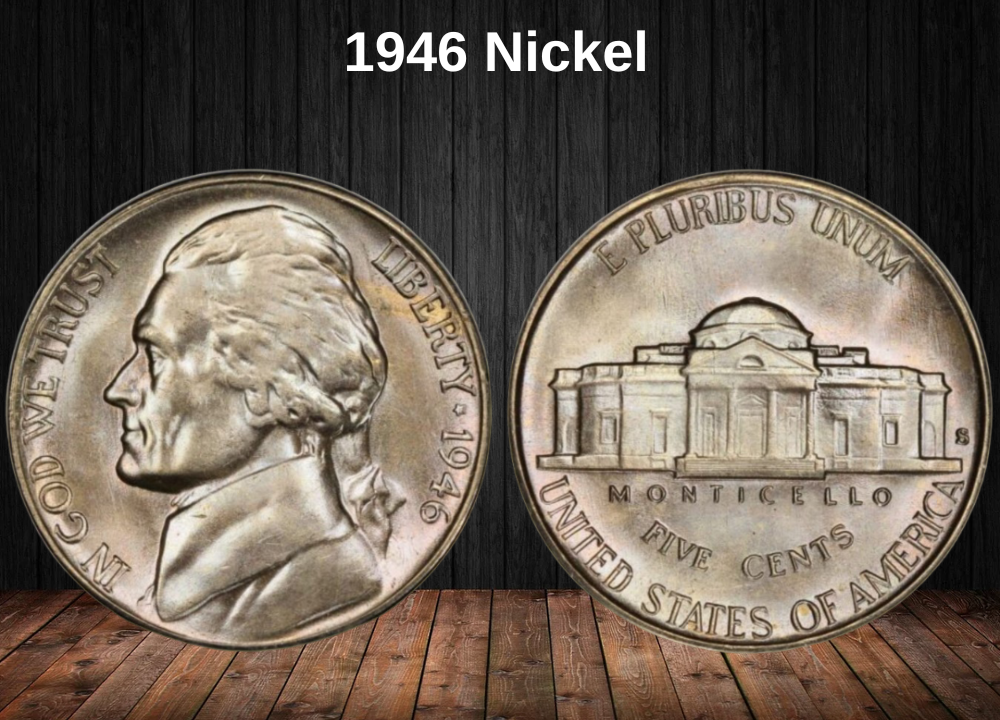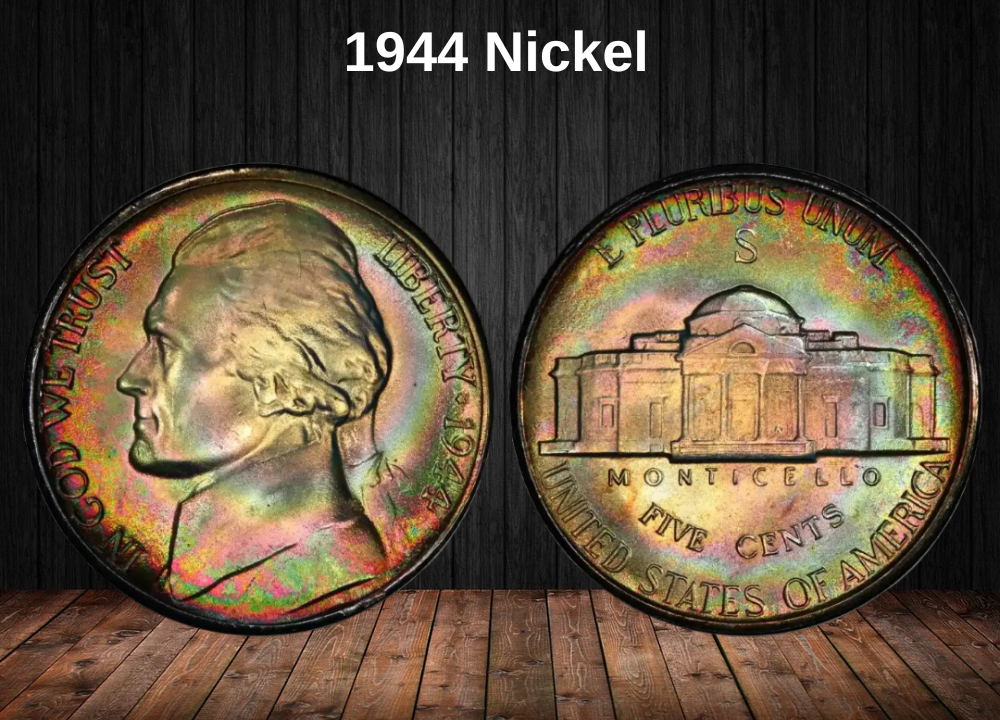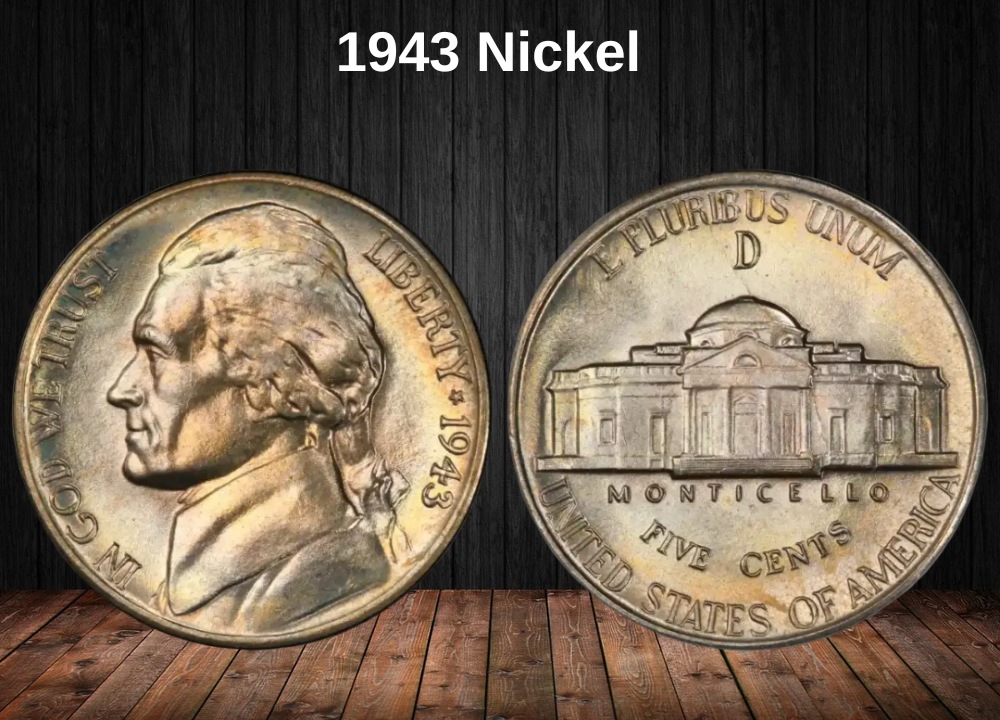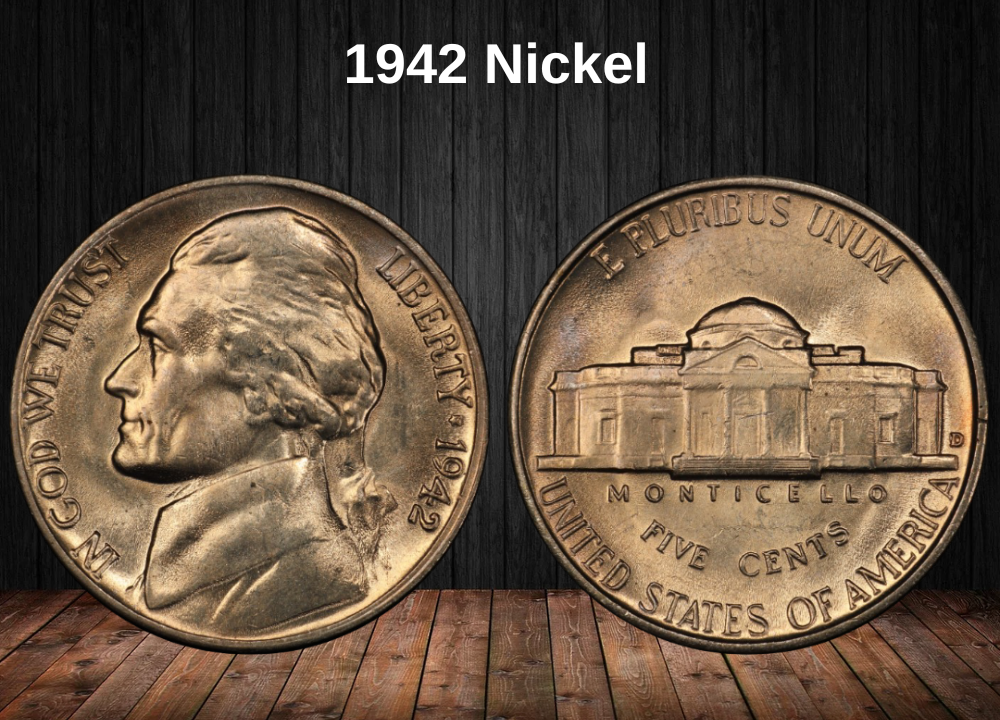The Jefferson nickel series is one of the most iconic American coin collections, and it’s still found in pocket change today. The series began in 1938, following the end of the Buffalo nickel, which was known for its beautiful design but also for being difficult to strike properly.
When it comes to the 1955 Jefferson nickel, its value depends on several key factors, including condition, mint mark, and whether the coin features a Full Steps designation—a sign of a sharp, high-quality strike on the Monticello building. As always, values can also vary with collector demand and market trends.
1955 Jefferson Nickel Value Chart
| Grade / Condition | 1955 (No Mint Mark) | 1955-D | 1955-D D/S (Repunched Mint Mark) |
|---|---|---|---|
| MS60 | $2 | $2 | $42 |
| MS65 | $24 | $18 | $185 |
| PR65 (Proof) | $18 | – | – |
History of the 1955 Jefferson Nickel
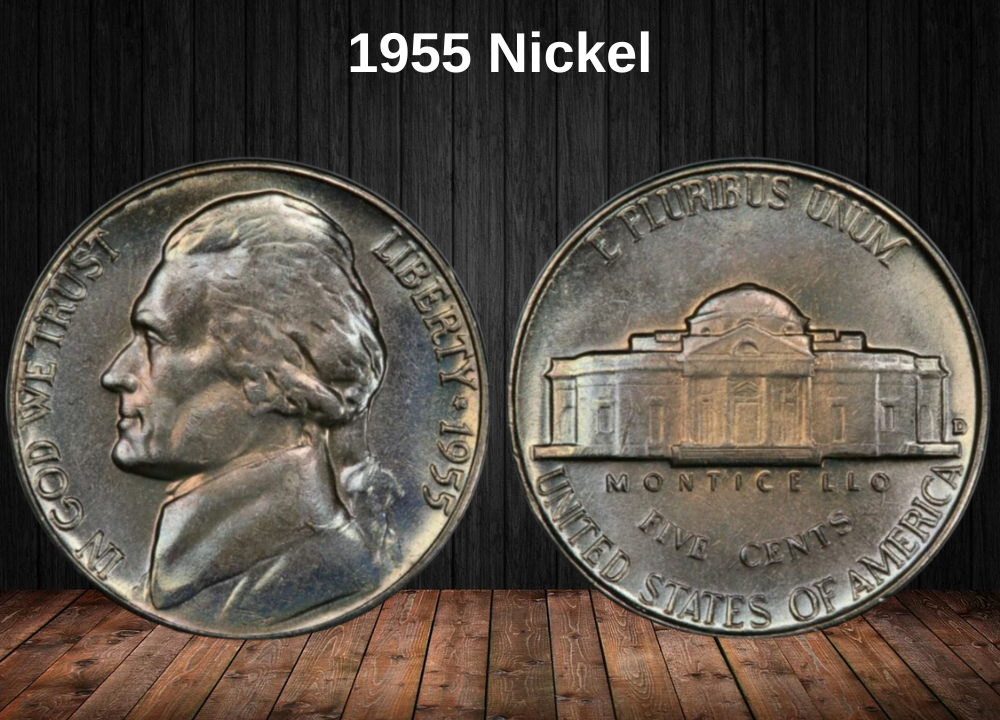
The story of American nickels began in 1866 with the introduction of the Shield nickel. Over the decades, the design evolved—first to the Liberty Head “V” nickels (1883–1912), followed by the iconic Buffalo nickels (1913–1938).
In 1938, the U.S. Mint launched the Jefferson nickel, replacing the Buffalo design with a modern portrait of Thomas Jefferson, the third President of the United States. The coin’s design was created by Felix Schlag, a talented German-American sculptor who won a national competition and received a $1,000 prize for his work. Schlag’s design remained in use (with some modifications) until 2005.
1955 Jefferson Nickel Mintage by Mint
| Mint Location | Coin Type | Mintage |
|---|---|---|
| Philadelphia | 1955 (No Mint Mark) | 7,888,000 |
| Philadelphia | 1955 Proof | 378,200 |
| Denver | 1955-D | 74,464,100 |
| Total | 82,730,300 |
The 1955 Jefferson nickel is historically significant as part of the third U.S. coin series to depict a real historical figure on the obverse—following the Lincoln cent and Washington quarter. Most 1955 nickels are still relatively affordable today, which makes them a great option for beginner collectors or numismatists on a budget.
These coins also mark an era of transition, as design and production techniques were evolving. While circulated pieces from 1955 are common and inexpensive, well-struck Full Steps specimens and rare error varieties can be quite valuable.
Features Of The 1955 Jefferson Nickel
The obverse of the 1955 Jefferson nickel
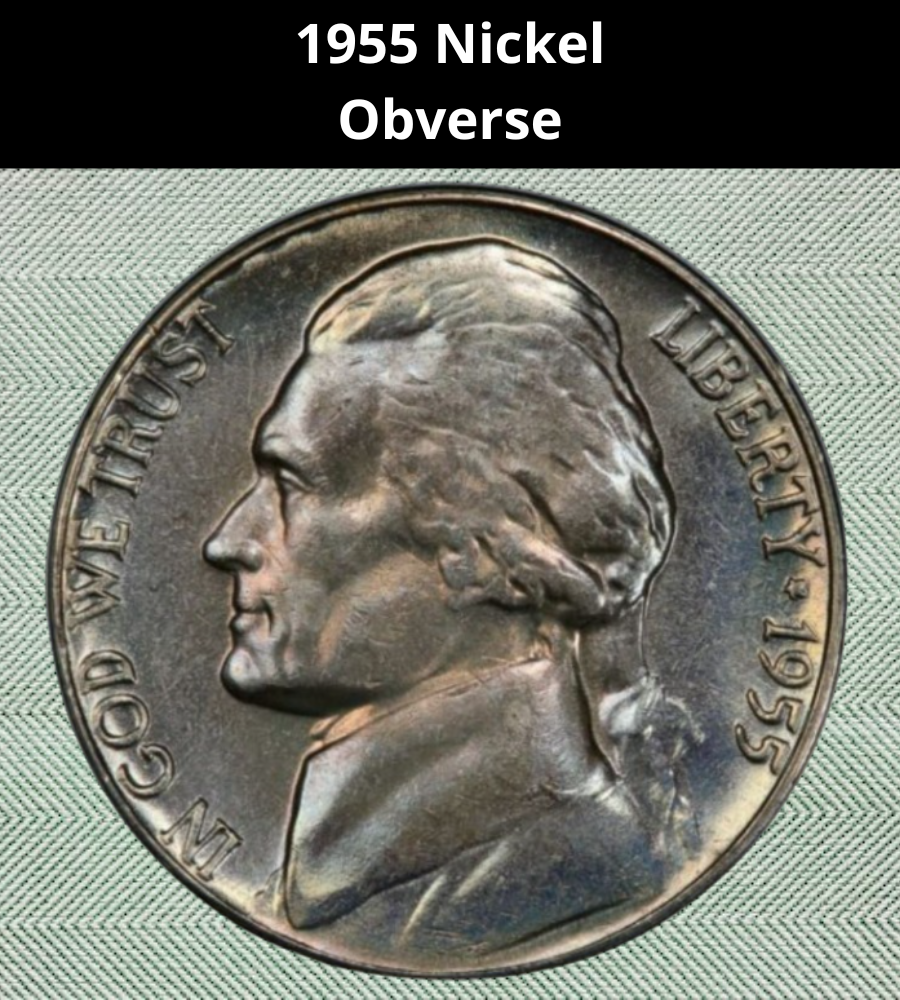
The obverse of the 1955 Jefferson nickel features a left-facing portrait of President Thomas Jefferson, designed by Felix Schlag. In front of Jefferson’s face, along the left rim, is the motto “IN GOD WE TRUST”. Behind his head, the word “LIBERTY” appears, followed by the date “1955”, with a small five-pointed star separating the two. The overall layout is clean and balanced, emphasizing Jefferson’s profile and the coin’s patriotic inscriptions.
The reverse of the 1955 Jefferson nickel
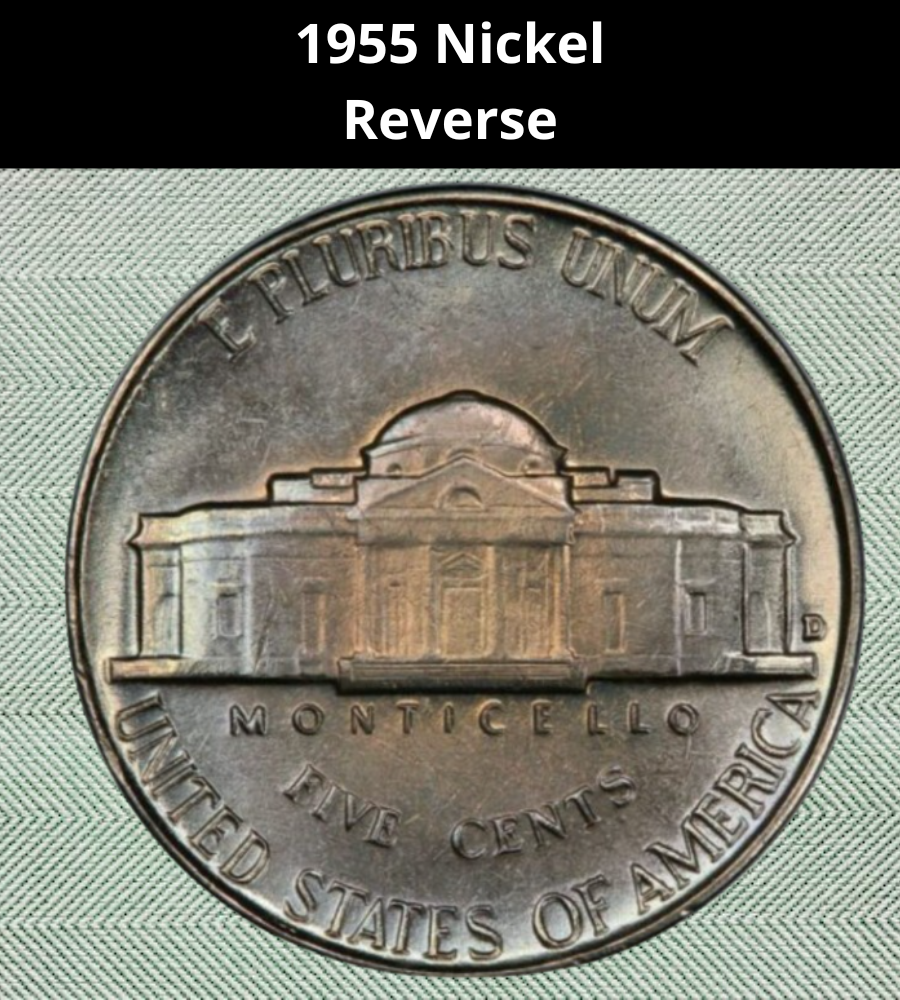
The reverse of the 1955 Jefferson nickel features Monticello, President Thomas Jefferson’s historic Virginia home, prominently in the center. Surrounding the image are several inscriptions. At the top of the coin appears the Latin motto “E PLURIBUS UNUM”, while the bottom half includes “MONTICELLO”, the coin’s denomination “FIVE CENTS”, and “UNITED STATES OF AMERICA”. The design reflects the coin’s patriotic and architectural significance.
1955 Jefferson Nickel Details
- Face value: Five cents ($0.05)
- Shape: Round
- Composition: Cupronickel (75% copper, 25% nickel)
- Coin thickness: 0.07677 inches (1.95 mm)
- Coin diameter: 0.83504 inches (21.2 mm)
- Coin weight: 0.17637 ounces (5 grams)
- Edge: Plain
Other Features of the 1955 Jefferson Nickel
Like all other copper-clad nickels, those minted in 1955 weigh 0.17637 ounces (5 g) and have a diameter of 0.83504 inches (21.2 mm). These five-cent coins are 0.07677 inches (1.95 mm) thick and have a plain edge.
1955 Jefferson Nickel Grading
Grading coins is much easier today than in the past, thanks to the Sheldon Scale, a standardized evaluation method used by collectors and professionals alike. While anyone can learn to grade 1955 Jefferson nickels using established criteria, most collectors prefer coins that are professionally graded and certified, especially when dealing with high-value specimens.
Below is a breakdown of grades according to the Sheldon Scale:
| Grade Number | Grade Name |
|---|---|
| 1 | Basal State-1 |
| 2 | Fair |
| 3 | Very Fair |
| 4, 5, 6 | Good |
| 7, 8, 10 | Very Good |
| 12, 15 | Fine |
| 20, 30 | Very Fine |
| 40 | Extremely Fine |
| 50 | About Uncirculated |
| 60 | Mint State |
| 65 | Mint State (Gem) |
| 70 | Mint State (Perfect) |
Tip: Be sure to consult a professional grading service (such as PCGS or NGC) for a reliable assessment of your coin’s condition. It’s an essential step to accurately determine its value.
1955 Jefferson Nickel Value Guides
1955 No Mint Mark Nickel Value
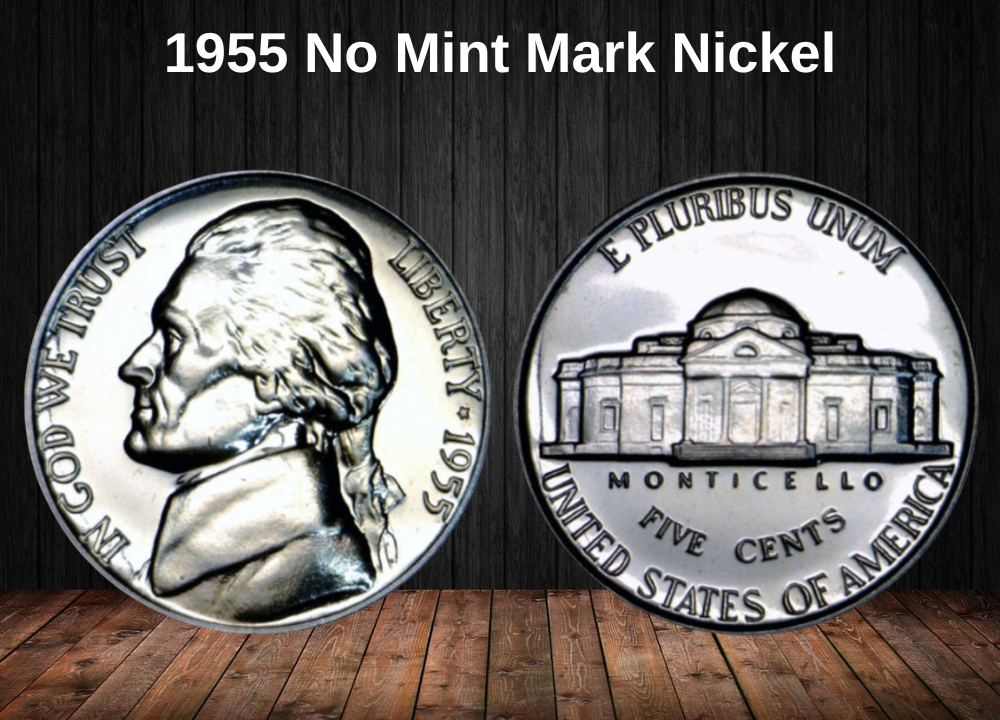
The Philadelphia Mint struck 7,888,000 nickels in 1955, a relatively modest mintage compared to other years. These coins come in two general categories: regular strikes and the more desirable Full Steps (FS) variety, which significantly impacts value.
Regular Strike Value (Non-Full Steps)
Jefferson nickels from 1955 with four or fewer steps visible at the base of Monticello typically range in value between $2 and $18, depending on their condition. Even in MS66, values usually peak around $45.
One surprising outlier was a 1955 nickel graded AU55, which sold for $1,035 at Heritage Auctions in 2010—an unusually high price for a coin in About Uncirculated condition.
Full Steps Jefferson Nickels
Nickels with five or six sharply defined steps beneath Monticello are classified as Full Steps (FS) coins. These are scarce and highly sought-after due to their precision and strike quality, closely resembling the original design before minting wear and production flaws.
Estimated FS coin values by grade:
- MS64 FS – ~$200
- MS65 FS – ~$500
- MS66 FS – ~$2,000
- MS67 FS – Estimated at ~$8,000
However, one MS67 FS specimen exceeded expectations at auction, setting a record far above the price guide estimate.
1955 Proof Jefferson Nickel Value
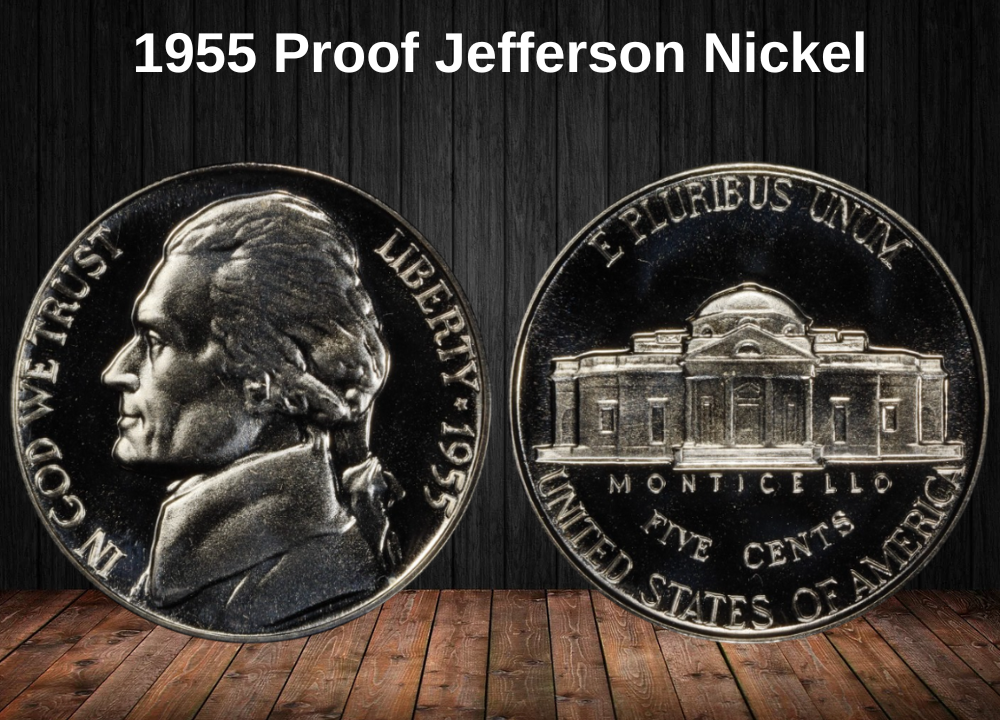
In 1955, the Philadelphia Mint struck 378,200 proof Jefferson nickels, but unlike many other years, these proofs are not particularly rare or expensive.
Despite their mirror-like surfaces and high production quality, most 1955 proof nickels are relatively affordable. Values typically range from $6 for a PR60 example to about $225 for a PR69 coin.
Notable Sales and Rarities
Some proof nickels from this year stand out due to their exceptional strike and finish:
- In 2022, a collector paid $950 for a PR69 CAM (Cameo) specimen.
- In 2020, another PR69 CAM coin sold for $1,100.
- The highest recorded price belongs to a deep cameo proof, which achieved $4,025 at auction in 2004 — a record that still holds today.
These figures highlight that deep cameo and high-grade cameo coins are the real gems in the 1955 proof series.
1955 D Nickel Value

In 1955, the Denver Mint produced a total of 74,464,100 Jefferson nickels. Their value today varies considerably based on condition and strike quality — especially the sharpness of the steps on Monticello, a key detail for collectors.
Circulated Coins
For coins that have seen circulation, values typically range from $0.07 to $2, depending on wear.
Mint State Coins (No Full Steps)
Uncirculated (Mint State) examples without Full Steps are reasonably priced:
- MS 60 to MS 65: Up to $18
- MS 66: Around $85
- A standout MS 66+ coin sold for $920 on eBay in 2022
Full Steps (FS) Nickels – Much More Valuable
Nickels with Full Steps (FS) are sharply struck and far more desirable:
- MS 63 FS: ~$600
- MS 64 FS: ~$650
- MS 65 FS: ~$3,150
- MS 66 FS: ~$8,000
The auction record for a 1955-D FS nickel is $9,694, set in 2019 for a Mint State 66 example.
Rare 1955 Jefferson Nickel Errors List
1955-D Over S Jefferson Nickel (D/S Variety)
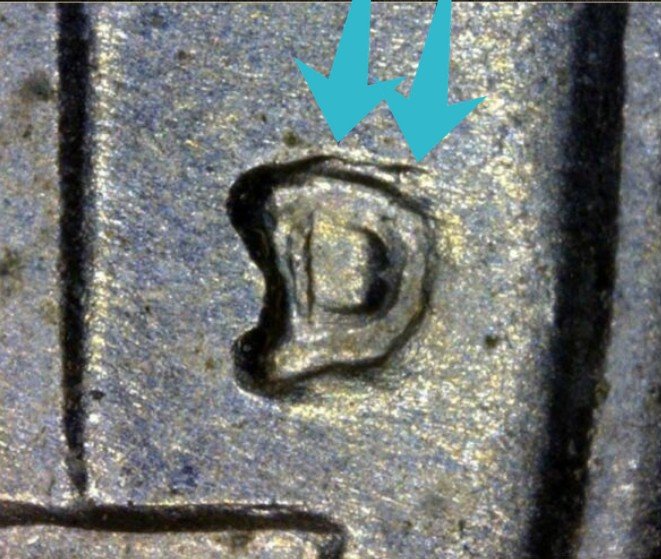
One of the most intriguing varieties of the 1955 Jefferson nickel is the D over S mint mark, known as the D/S error. On these coins, you can see a partially visible “S” underneath the “D” mint mark — a small but noticeable overlap that collectors love to hunt for.
How Did This Happen?
In 1955, the San Francisco Mint ceased nickel production, and the Denver Mint took over. Rather than discard unused dies that already had an “S” mint mark, Denver mint workers repurposed them by punching a “D” over the existing “S.” Since fully removing the original letter wasn’t possible, this layered mint mark was the practical workaround.
What was once an internal production fix is now a rare and intentional error variety — making these coins highly desirable among collectors.
Market Value of the 1955 D/S Nickel
Even in circulated condition, these coins carry a premium due to their uniqueness:
- Circulated examples: $5 to $36
- Uncirculated (Mint State): $42 to $225
- MS 66 specimens: Estimated at $1,150
A standout sale occurred in 2008, when a 1955 D/S nickel graded MS 66 sold for $3,738 at Heritage Auctions, setting a record for this variety.
Double Struck Error (No Mint Mark Proof Nickel)
A few proof nickels minted in Philadelphia without a mint mark exhibit a double struck error, caused when the coin was struck twice on the same side during production. This results in a noticeable doubling of the design elements and lettering, giving the affected side a slightly blurred or shadowed appearance.
Collectors find these doubled images intriguing, and coins with this error typically sell for around $55 to $60.
Triple Struck Error (No Mint Mark Proof Nickel)
A rare and fascinating error found on some 1955 no-mint-mark proof nickels is the triple strike on the reverse side. This occurs when the coin’s reverse is struck three times, causing overlapping and repeated images and lettering.
The triple lettering is subtle and often only visible under magnification with a coin microscope. Despite this, these coins are valued at around $50 in general.
Notably, a 1955 proof cameo (CAM) nickel with a triple strike error graded PR67 sold for $153 at Heritage Auctions in 2016. Even more impressive, a 1955 PR68 triple die reverse nickel fetched $400 on eBay in 2021.
Off-Center Error
Off-center strikes are a relatively common error found on 1955 Jefferson nickels. The value of these coins largely depends on how much of the design is shifted away from the center, but importantly, the date must remain fully visible for the coin to hold significant value.
Most off-center nickels exhibit a slight misalignment of around 5%, which generally holds minimal value. However, coins with a dramatic 50% off-center strike are much more sought after by collectors.
The majority of 1955 nickels with off-center errors fall in the 10% to 20% range of missing design and can typically be purchased for between $10 and $50, depending on condition.
Doubled Die Error
A doubled die error happens when the die used to strike the coin has a doubled image on its surface, causing the coin to display a partially or fully doubled design.
On 1955 nickels, this doubling is most often seen around President Jefferson’s eye on the obverse, as well as on the MONTICELLO inscription and the denomination on the reverse.
Collectors find these doubled die nickels quite desirable, and they typically command prices between $20 and $50, depending on the clarity and extent of the doubling.
Struck-Through Error
Struck-through errors occur when a foreign object becomes trapped between the die and the planchet during the minting process. This causes the object’s impression or outline to be left on the coin’s surface.
Common materials causing struck-through errors include grease, cloth fibers, metal fragments, or even staples.
Coins exhibiting struck-through marks tend to be more collectible and valuable, especially when the nature and source of the foreign material are identifiable. For a 1955 nickel with this error, collectors typically pay around $100, reflecting its unique imperfection.
Where to sell your nickel?
Now that you’re aware of your nickel’s value, you may be curious about the best places to sell it. Don’t worry: here’s a rundown of some top online marketplaces where you can conveniently sell your nickels, along with their benefits and drawbacks.
Explore the best platforms for selling nickels online (advantages and disadvantages).
FAQ about the 1955 Jefferson Nickel
1. Why is the 1955 Jefferson Nickel significant to collectors?
The 1955 Jefferson Nickel is notable for its relatively high mintage and several varieties and mint errors that appeal to collectors. It also marks the continuation of the classic copper-nickel alloy era, with some interesting strike quality differences across mints.
2. What mint marks are found on 1955 Jefferson Nickels?
There are three types of mint marks:
- No mint mark (Philadelphia Mint)
- “D” mint mark (Denver Mint)
- “S” mint mark (San Francisco Mint)
The Philadelphia issue is the most common, while the San Francisco strike tends to be scarcer in higher grades.
3. Are there any major varieties or errors specific to the 1955 Jefferson Nickel?
Yes, the most famous variety is the 1955 Doubled Die Obverse (DDO), where the date and inscriptions show clear doubling. This error is highly sought after by collectors and commands a significant premium. Other minor errors include repunched mint marks (RPM) and die cracks.
4. What is the metal composition of the 1955 Jefferson Nickel?
Like most nickels minted after WWII (except wartime nickels from 1942-1945), the 1955 Jefferson Nickel is composed of 75% copper and 25% nickel.
5. How important is the Full Steps (FS) variety for 1955 nickels?
Very important. The Full Steps variety means that all the steps on the reverse side of Monticello are fully visible and uninterrupted. This variety indicates a strong strike and is more valuable than weakly struck counterparts. FS coins from Denver and Philadelphia are the most common, with San Francisco FS examples being scarcer.
6. Which 1955 Jefferson Nickel variety is the most valuable?
The 1955 Doubled Die Obverse is by far the most valuable and collectible variety from this year. Depending on condition, DDO examples can be worth hundreds or even thousands of dollars.
7. What is the typical value of a circulated 1955 Jefferson Nickel?
Circulated 1955 nickels without major errors usually range between $0.10 and $0.50. Coins with FS designation or minor errors may fetch a higher price, while DDO varieties command the highest premiums.
8. Were proof Jefferson Nickels made in 1955?
Yes. The Philadelphia Mint struck proof nickels in 1955 as part of the annual proof sets. These proofs have a mirror-like finish and sharp details, making them highly collectible in grades PR65 and above.
9. How can a collector authenticate a 1955 Doubled Die Obverse nickel?
Look for strong doubling on the date, the words “LIBERTY” and “IN GOD WE TRUST.” The doubling is typically most visible on the left side of the date and letters. Consulting professional grading services or experienced numismatists is recommended for confirmation.
10. Where can I find reliable pricing and rarity information for 1955 Jefferson Nickels?
Use:
- The “Red Book” (A Guide Book of United States Coins)
- PCGS and NGC population and price reports
- Auction results from reputable numismatic auction houses
These sources will help assess rarity and market values accurately.

